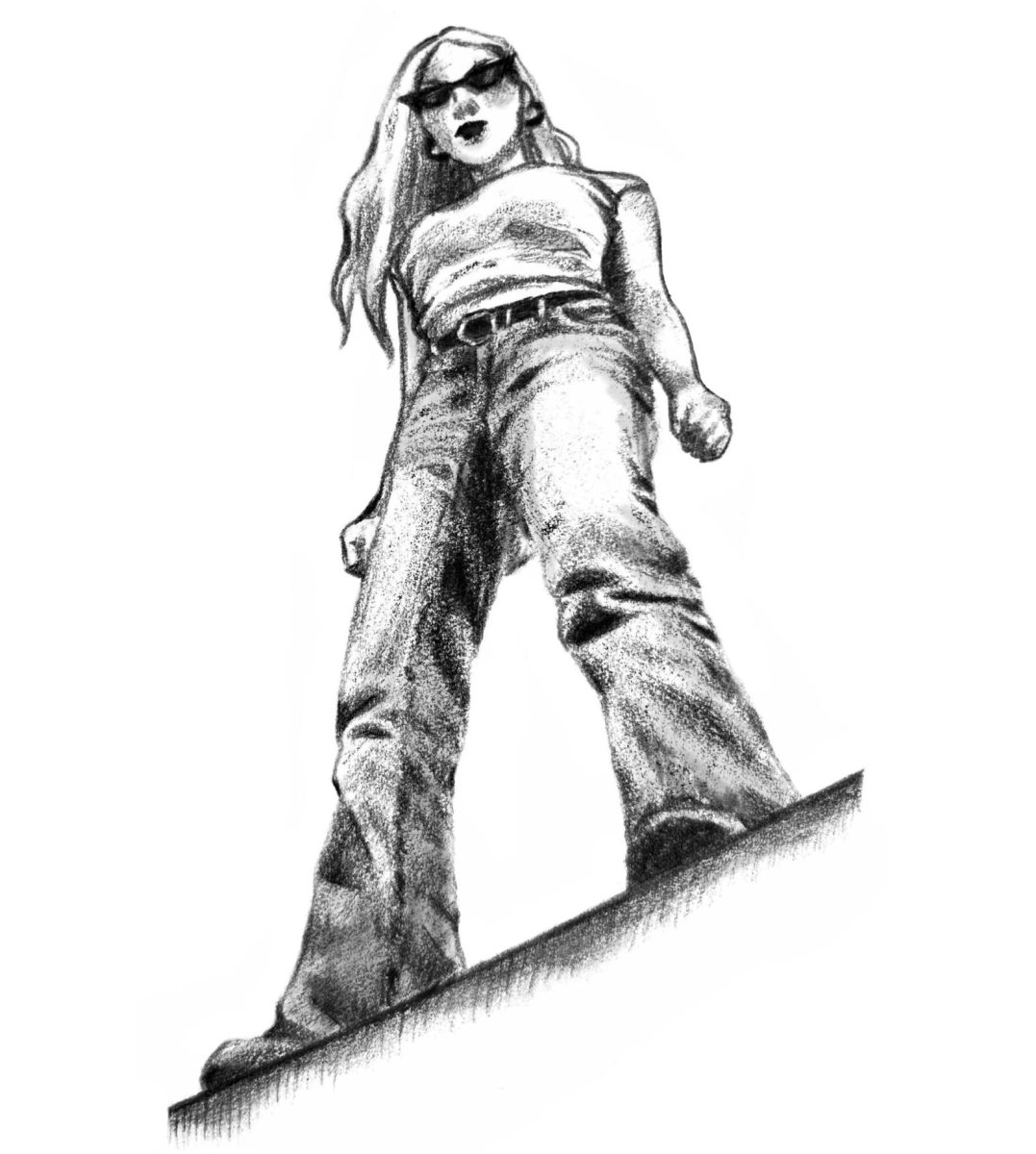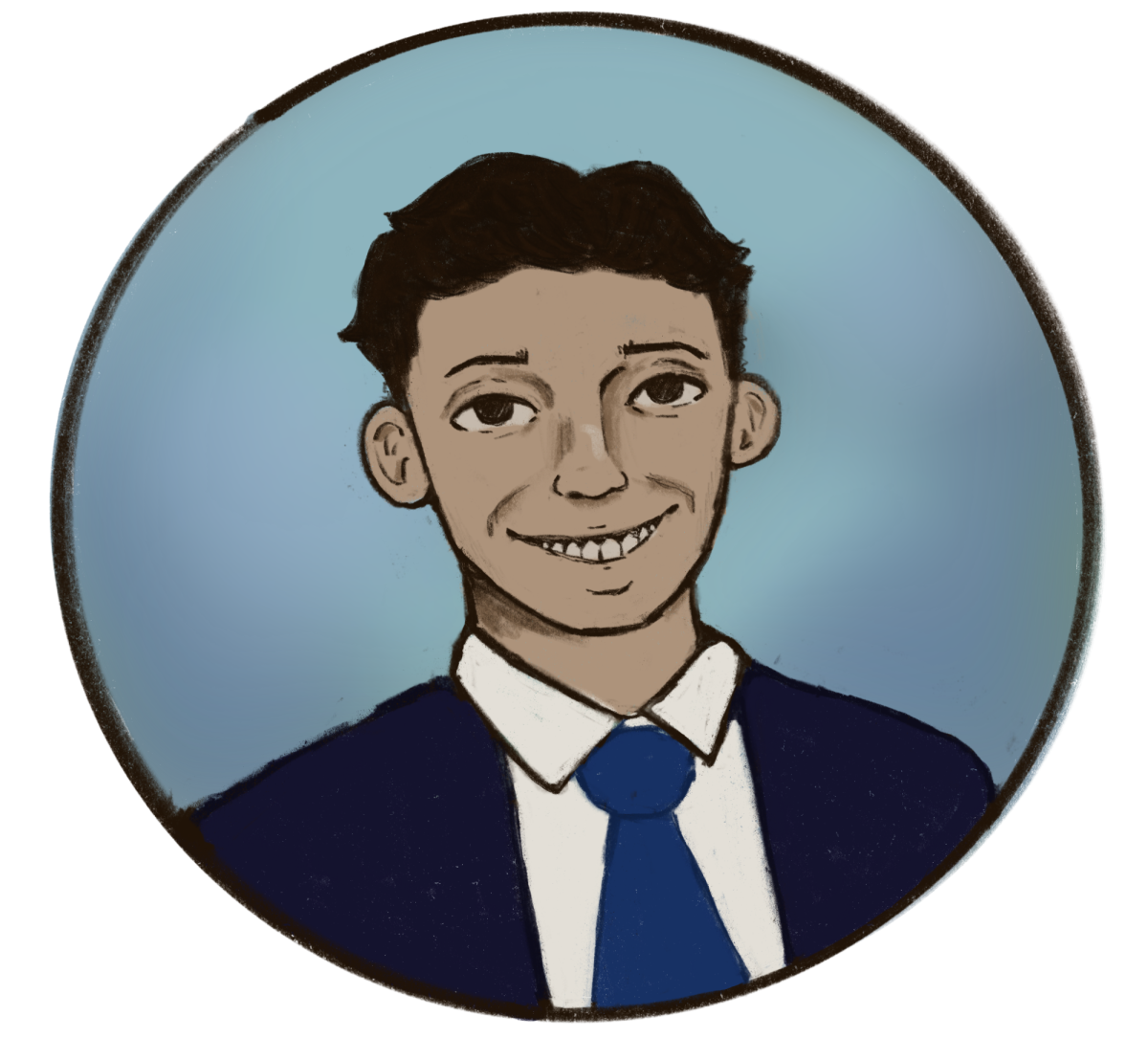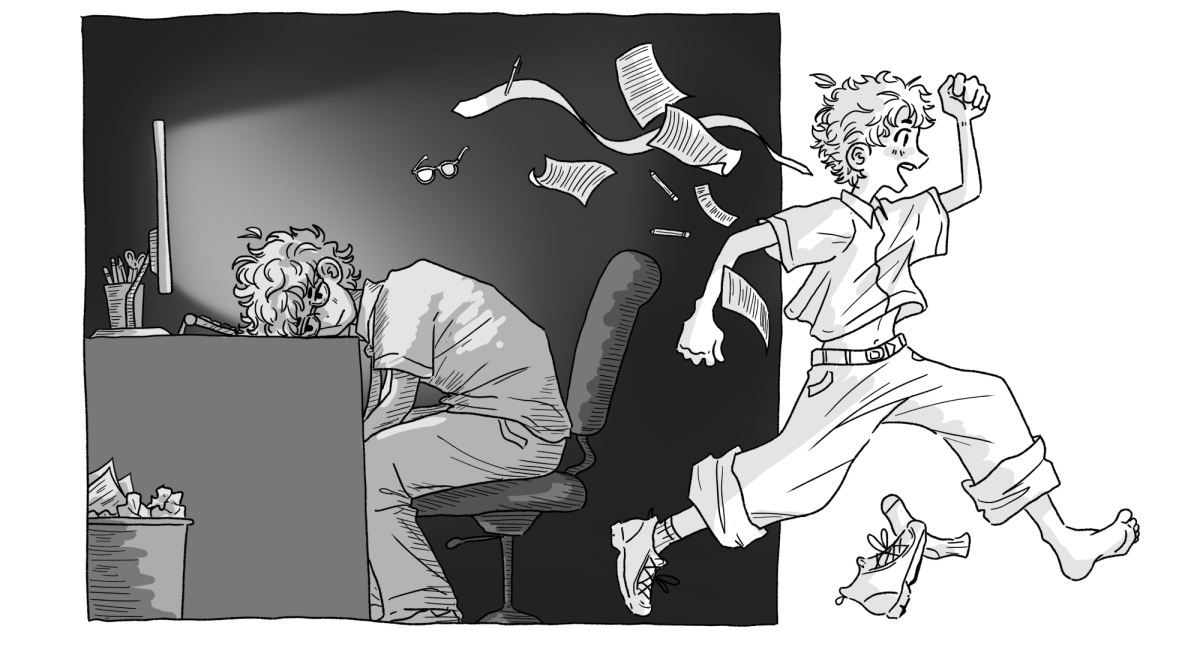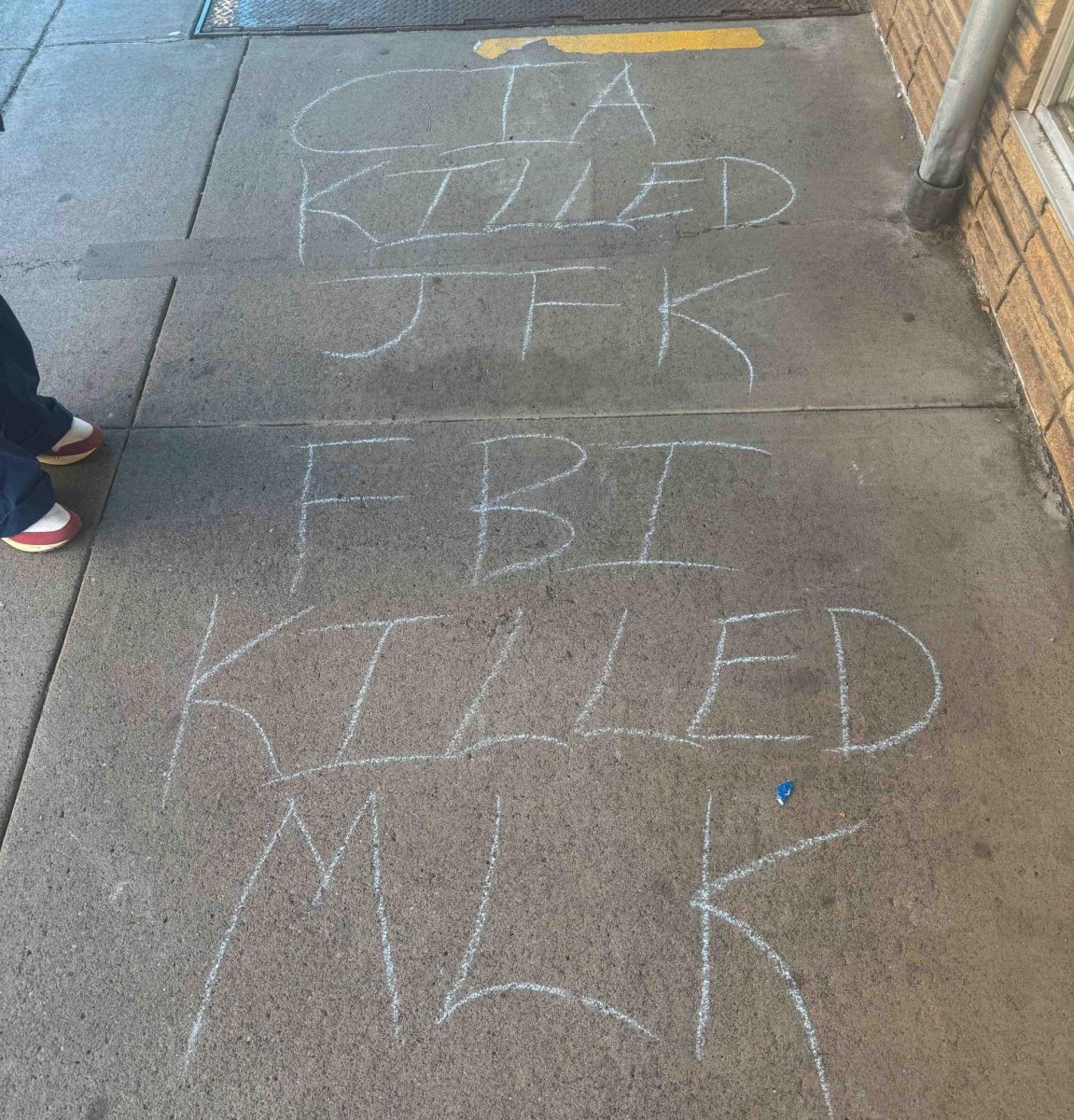Race and Diversity Symposia
On October 5, 2006, two Sigma Chi juniors painted their faces black for a themed “Survivor” party. Photos from the party posted on Facebook outraged one senior, who sent her reaction to the Whitman listserv. The long and heated debate that followed indicated that the campus needed a forum for constructive discussion about race.
In response, the administration decided to cancel classes on Thursday, Nov. 9, and implement a campus-wide symposium to discuss issues of race in America. The Race and Race Relations Symposium included film screenings, discussions and panels throughout the day.
Senior Nadim Damluji remembers that the success of that first symposium came from support in the community.
“In the end, the first symposium that came out of the those tense discussions did a great job at resolving those debates, and it was brought on by a coalition of staff, faculty and students. Those meetings were remarkable,” said Damluji in an e-mail.
The following year, ASWC selected a student-staffed Diversity Committee to provide input during planning of the second symposium. The 2008 Symposium on Diversity and Community took place on Martin Luther King Day.
According to Damluji, this second symposium did not succeed as the first had.
“. . . the second symposium did not so much as resolve the remaining problems of diversity as it did sweep them under the rug,” he said.
Despite a much lower turnout from the previous year, senior Will Canine, a member of the 2008 Diversity Committee, remembers the event’s strengths.
“To me, the best part of the symposium was that it was truly a community effort,” he said in an e-mail. “Students, faculty, staff and administrators all came together in a way that hasn’t been replicated since.”
The following year, the one-day symposium disappeared from the Whitman calendar. According to the Symposium Planning Committee, events continued, but were re-organized across many days.
For Damluji, the loss of the symposium and the President’s Advisory Council on Diversity demonstrated the true nature of discussions on diversity at Whitman.
“For the most part, Whitman students don’t want to talk about diversity as much as other issues unless they are forced to because it is so foreign,” Damluji said. “I think today Whitman is a place where those same events won’t be replicated, but the same ignorance of history and the lack of articulation of thoughts and experiences with race will continue.”
Windstorm of ’08
In January of 2008, a huge windstorm swept through campus while the majority of students were still gone for winter break. On the Whitman campus, the 78-mile-per-hour gusts felled trees, threatened structures and demolished the paper clip statue that used to sit near the library.
Senior Lara Goodrich was in Walla Walla for RA training that January, and she and the other RAs weathered the storm in the church where part of their training took place. Goodrich described the hectic scene as “crazy town.”
“The sky was really gray and brown. It looked ominous, but I don’t remember it being super dark: you could see everything clearly flailing around in the wind,” she said.
After the storm, the power was out in the church and on campus, and the damage was evident in the toppled trees, leaves and debris that littered town.
“Luckily power at the movie theater and the local Chinese buffet was on, so we had a night on the town instead,” Goodrich said.
According to the National Oceanic and Atmospheric Association, Walla Walla County sustained $4.9 million worth of damage, four out of every 10 homes were damaged and as many as 18,000 were left without power.
Student Assaults and Break-ins
Late in 2008, the campus was shocked by an increase in thefts and assaults against students on and off campus. Students were alerted of the increase in crime through several campus-wide e-mails from Dean of Students Chuck Cleveland, who warned students to generally be more aware of their surroundings.
During the fall 2009 semester and the following winter break, break-ins in off-campus housing increased once again. Senior Julie Grimm, whose home was burglarized twice in a one-year period, felt the impact of the thefts in an increased sense of insecurity and isolation.
“I realized that the ‘Whitman bubble’ can be penetrated not only by volunteering in the community, but also by burglars and people who wish me harm,” she said in an e-mail. “Furthermore, the lack of a response was unnerving and made me realize that even in a small personal community, it’s hard for people to get riled up about another’s misfortune, even if it . . . could have happened to them.”
Grimm sees room for improvement in the way that students are educated before moving off campus.
“I really believe that Whitman students should be better educated about how to prevent themselves from become targets, and protect themselves when they are,” she said.
The experiences of Grimm, and other students victimized by burglars or unscrupulous landlords, have led ASWC to establish a new off-campus living orientation for next September. For the first time, students moving off campus will have a formal setting in which to learn about tenants’ rights and security issues before a problem arises.
Obama Winning the Election:
Nov. 4, 2008, students from all political backgrounds gathered at private and public viewing parties to watch the election results come in. After President-elect Obama gave his acceptance speech, exuberant Obama supporters gathered in front of Memorial Building and marched from the campus to Main Street, making a stop at the local Democratic headquarters, where they joined with celebrants from the local chapter of the Democratic Party. Eventually, the students made their way back to the library, where they burst into the national anthem. Senior Seth Bergeson remembers the night as a long celebration.
“We rallied in front of Memorial that evening and we had at least a few hundred people. Someone had a megaphone and someone brought a boombox and played Journey. We walked, ran, spun and danced down Main Street, mobbed a subdued election party in the Democratic Office, and then rallied in front of the flagpole at 1st and Main where a few of us gave short speeches,” he said.







